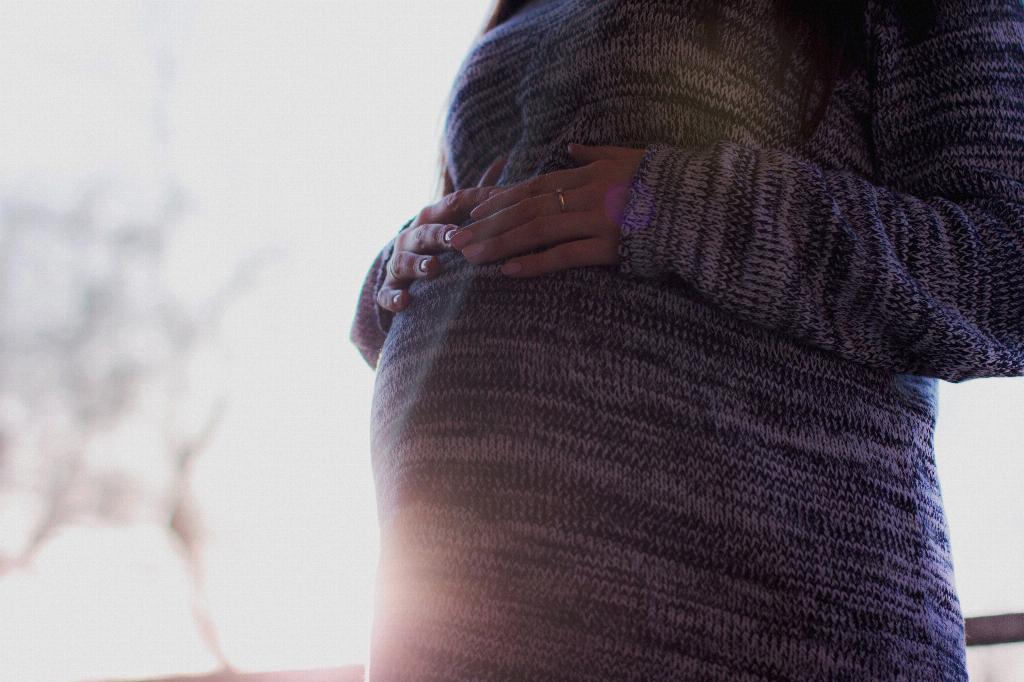One of the common questions that often arises among women who are trying to conceive or are in the early stages of pregnancy is whether implantation cramps feel like period cramps. It’s essential to understand the key differences between these two types of cramps to recognize potential signs of pregnancy.
Implantation Cramps Explained
Implantation cramps occur when a fertilized egg attaches itself to the uterine wall. These cramps are typically milder than period cramps and can be described as a light twinge, prickling sensation, or dull ache in the lower abdomen. The timing of implantation cramps is crucial, as they often occur around the time of a missed period.
Period Cramps Overview
On the other hand, period cramps, also known as dysmenorrhea, are caused by the shedding of the uterine lining during menstruation. These cramps are usually more intense than implantation cramps and can be accompanied by other symptoms such as bloating, fatigue, and headaches. Period cramps typically occur before or during menstruation.
Key Differences Between the Two
One key difference between implantation cramps and period cramps is the timing. Implantation cramps usually occur around 6-12 days after conception, which may coincide with the expected period. In contrast, period cramps occur before or during menstruation.
Severity and Duration
Implantation cramps are generally shorter in duration and milder in intensity compared to period cramps. While period cramps can last for several days and may require pain relief measures, implantation cramps often subside within a day or two.
Location of the Pain
The location of the pain can also help differentiate between implantation cramps and period cramps. Implantation cramps are usually felt in the lower abdomen, similar to period cramps, but the sensation may be slightly different in terms of intensity and duration.
Accompanying Symptoms
While period cramps can be accompanied by symptoms like bloating, breast tenderness, and mood changes, implantation cramps are less likely to be associated with these additional symptoms. If you experience a combination of symptoms along with cramping, it could be more indicative of menstrual cramps.
Timing and Menstrual Cycle
It’s important to consider the timing of the cramps in relation to your menstrual cycle. If you experience cramps around the time of your expected period but notice differences in intensity, duration, and accompanying symptoms, it could be a sign of implantation rather than menstruation.
Monitoring Your Symptoms
Keeping track of your symptoms and understanding your typical menstrual cycle can help you differentiate between implantation and period cramps. If you suspect you may be pregnant, taking a pregnancy test can provide more clarity on your current situation.
Consulting a Healthcare Provider
If you have concerns about unusual cramping or are unsure about the cause of your symptoms, it’s always advisable to consult a healthcare provider. A medical professional can offer guidance, perform necessary tests, and provide personalized advice based on your individual situation.
Final Thoughts
In conclusion, while implantation cramps may share similarities with period cramps, there are distinct differences that can help you distinguish between the two. By paying attention to the timing, severity, location, and accompanying symptoms of your cramps, you can gain valuable insights into whether you may be experiencing implantation or menstrual cramps.

